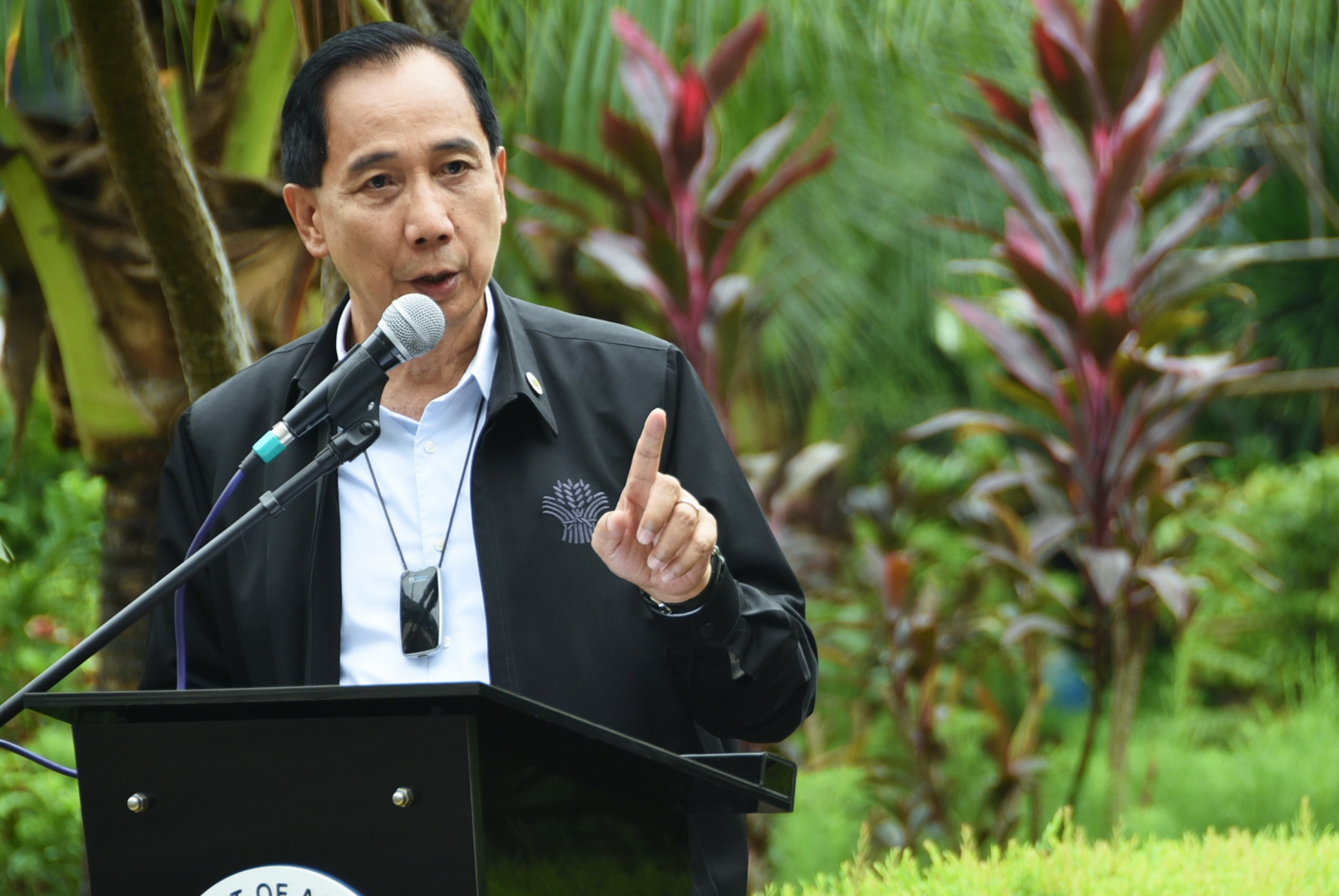
“We need to take care of our local commodity industry. Local production is the priority, and importation is a policy of last resort.”
This was one of the key messages delivered by Agriculture Secretary William Dar during the opening program of the week-long World Food Day Celebration on October 12, 2020.
According to the agri chief, the country’s current food adequacy level is at 80 percent overall.
For rice, in particular, the Department of Agriculture (DA) is targeting to increase by seven percent the present rice adequacy level from 86 to 93 percent as part of the food systems policy shifts especially in the new normal.
“Sustainability is key to producing enough. Although presently we know that in the Philippines, we can only afford to produce enough of the food we need. The rest have to be brought from other shores,” he said.
Based on the Philippine Statistics Authority data for the 2016–2019 period, the country’s local food production did not keep up with the growing population.
Thus, the need to import additional food to close the gap.
“Hindi pa sapat ’yong ating production. But given the program on rice tariffication, the Rice Competitiveness Enhancement Fund, and other programs that we are now putting in place, we will go to that level sometime in the future when almost all of the food requirements of the country can be locally produced,” Dar said.
The Secretary also directed the DA’s National Rice Program and the Philippine Rice Research Institute to update their plans considering the changing consumer preferences and requirements.
In a recent meeting with DA, local traders and millers shared that the rice from other countries is of better quality and taste compared to those offered in the local markets.
“This is a development that the DA must consider. What is needed by the country now is not just higher levels of productivity but quality rice as well,” the secretary said.
The following food systems policy shifts, which is based on the New Food Security Framework, aims to sustainably feed a growing population in the new normal: 1) increasing food sufficiency levels; 2) focusing on production-to-consumption value chain; 3) harmonizing the food systems with related sectors; 4) addressing hunger and all forms of malnutrition; and 5) adopting context-specific policies. ### (Gumamela Celes Bejarin, DA-AFID)













